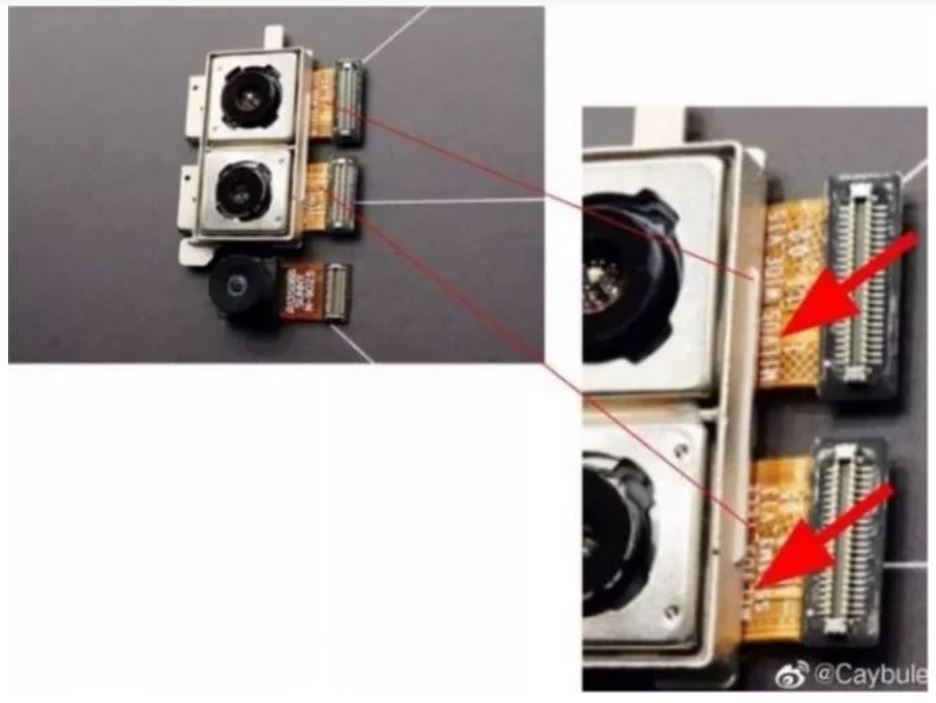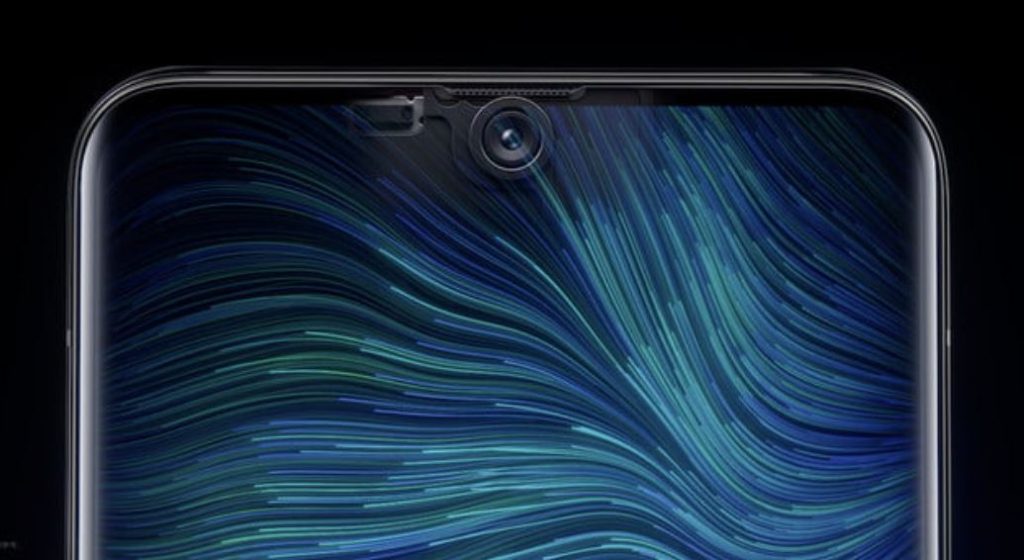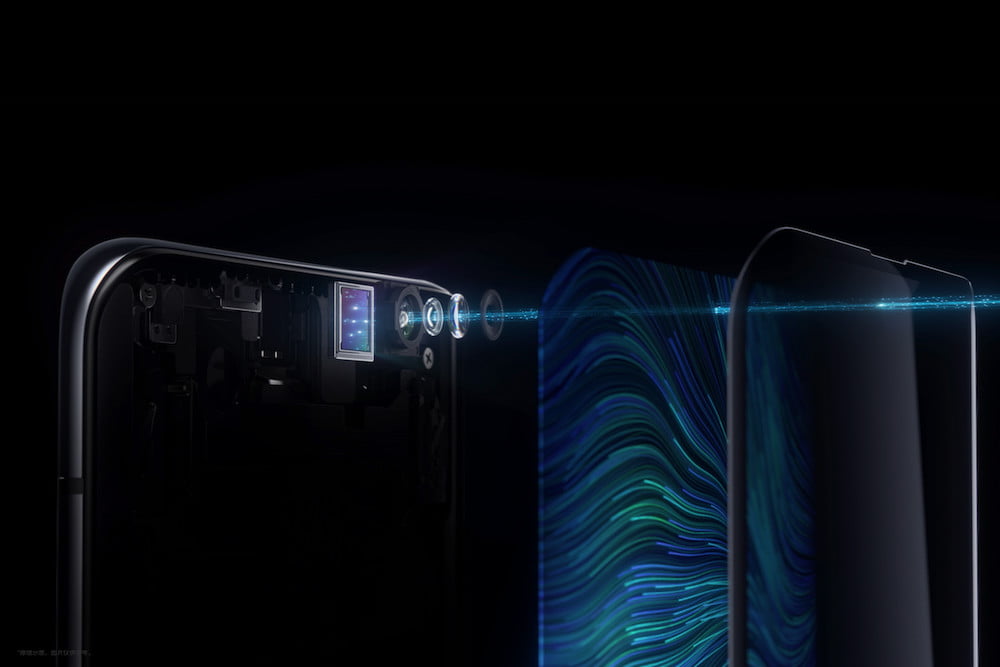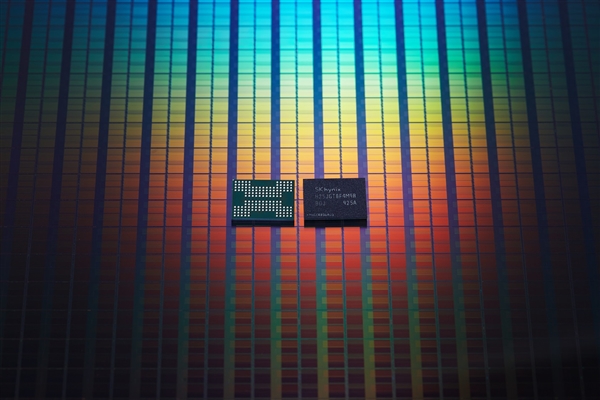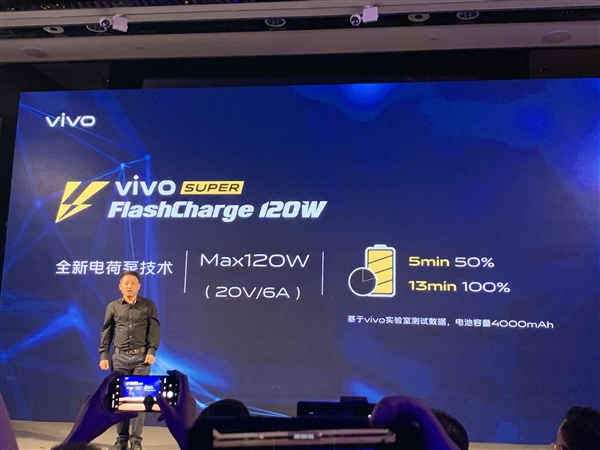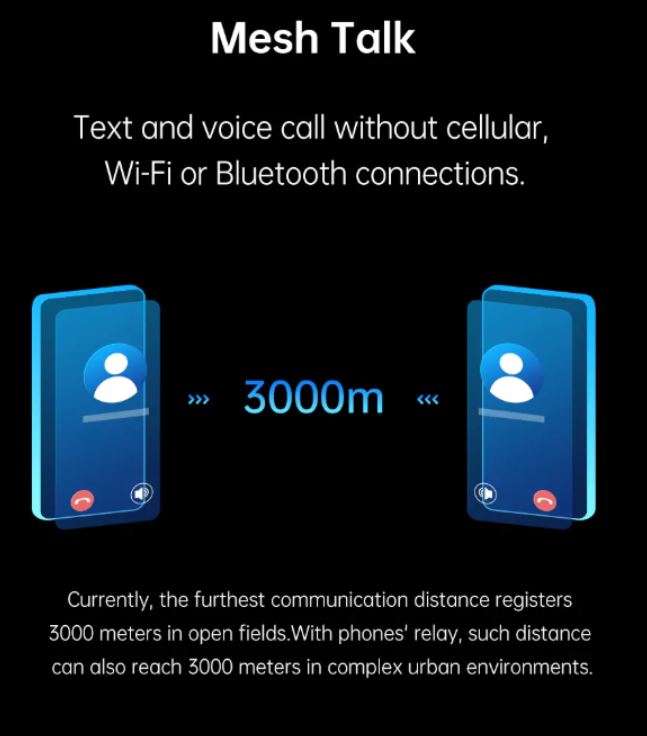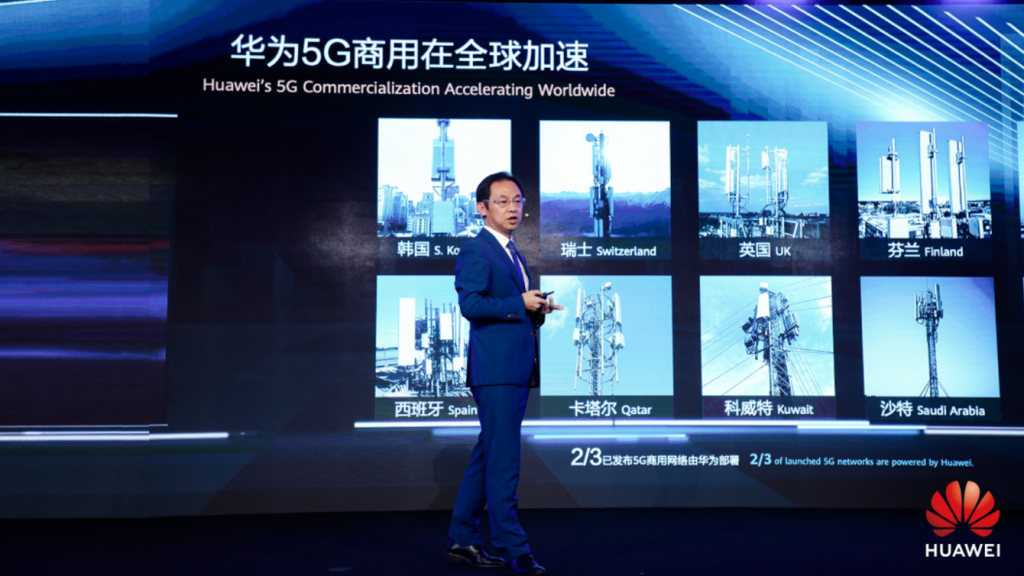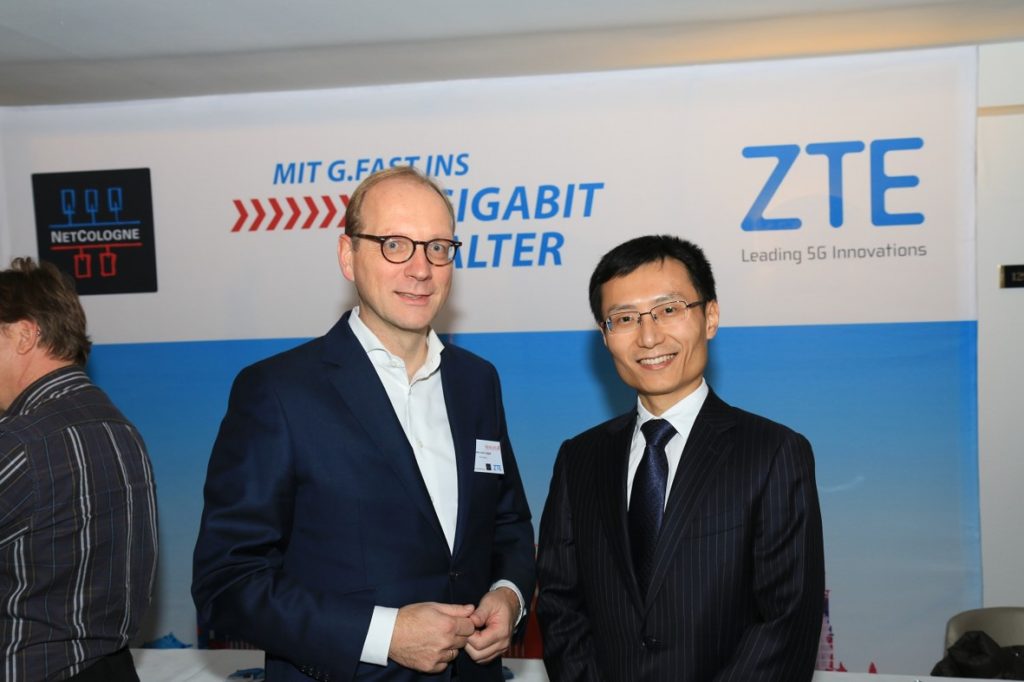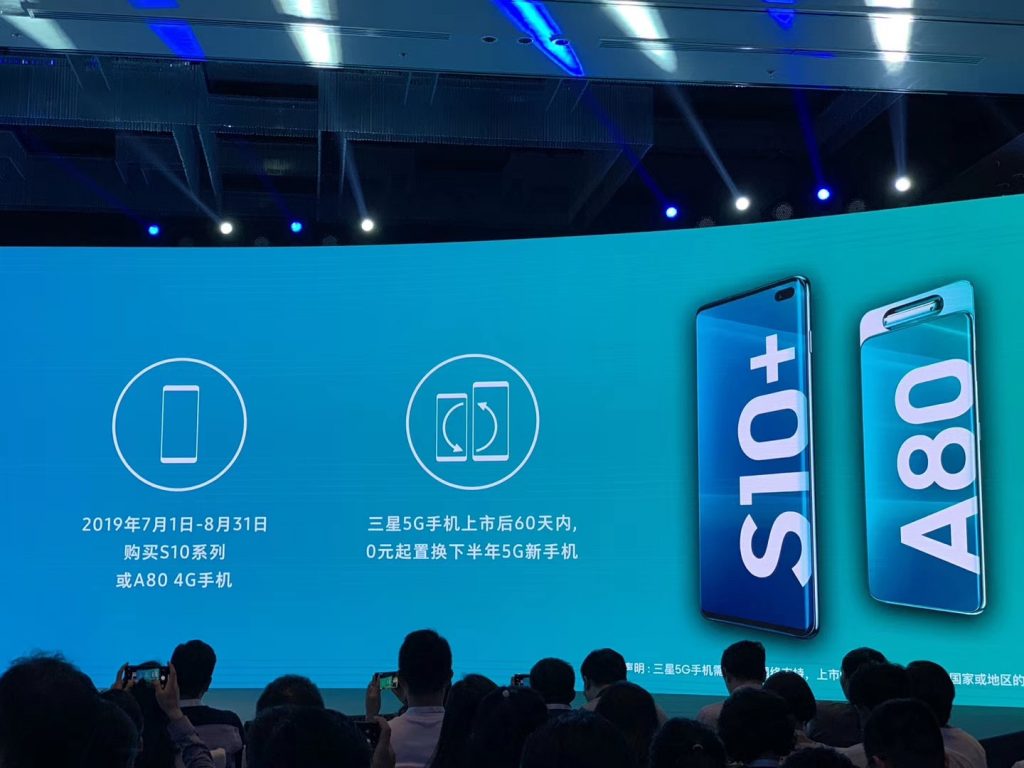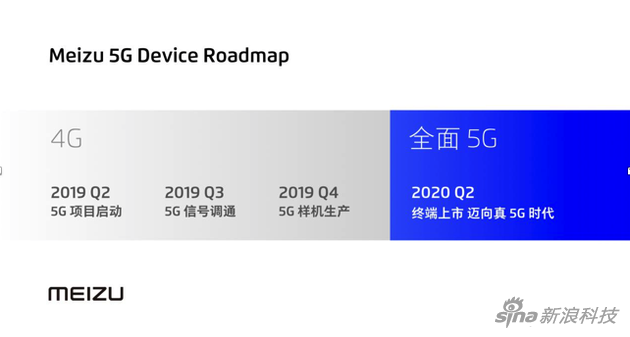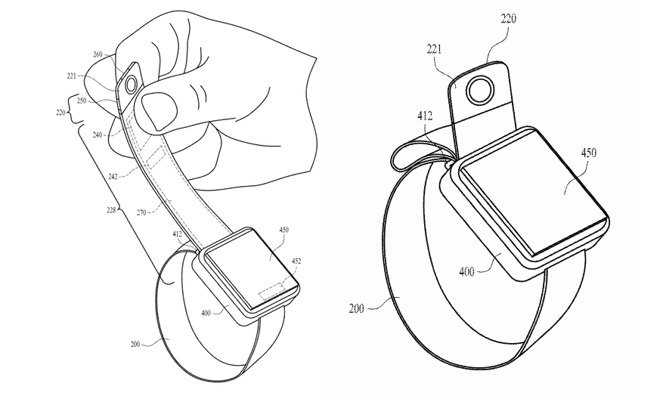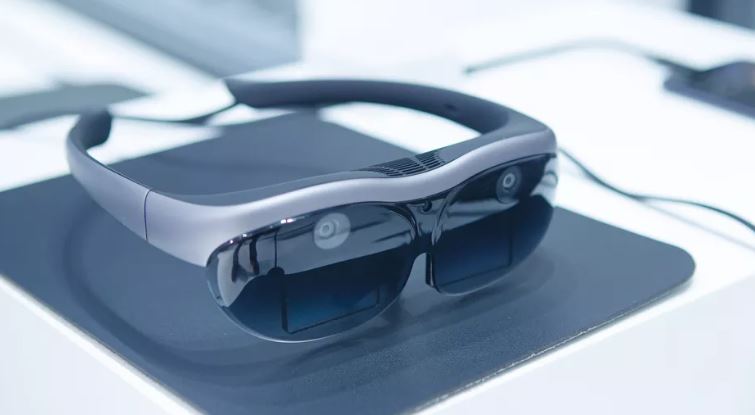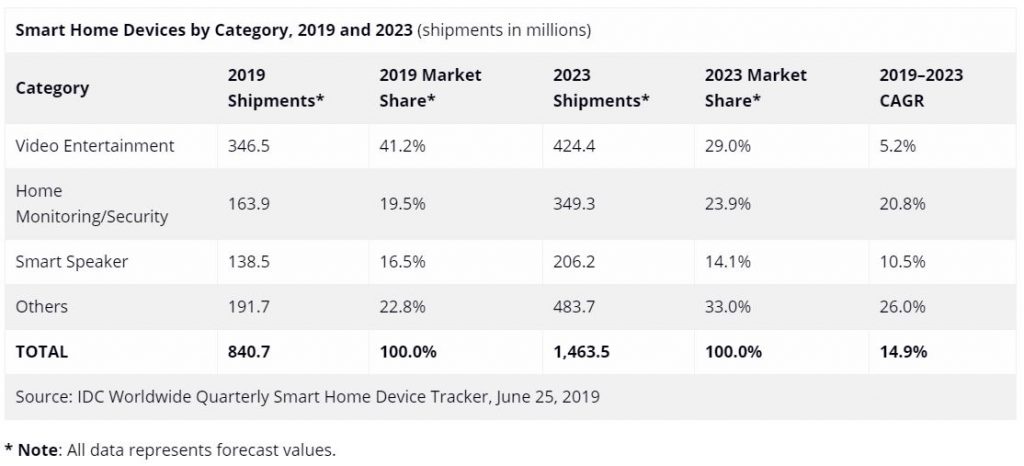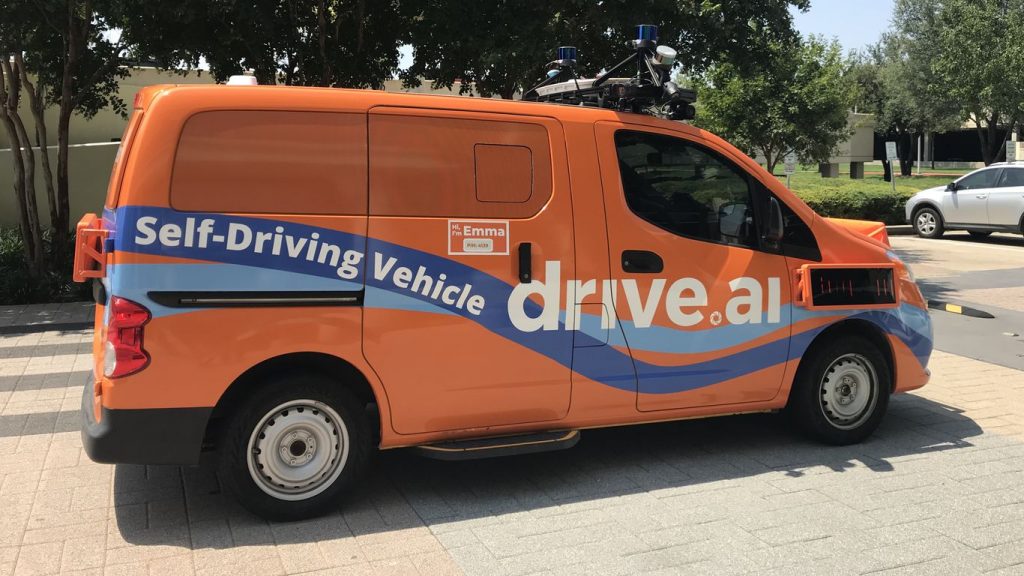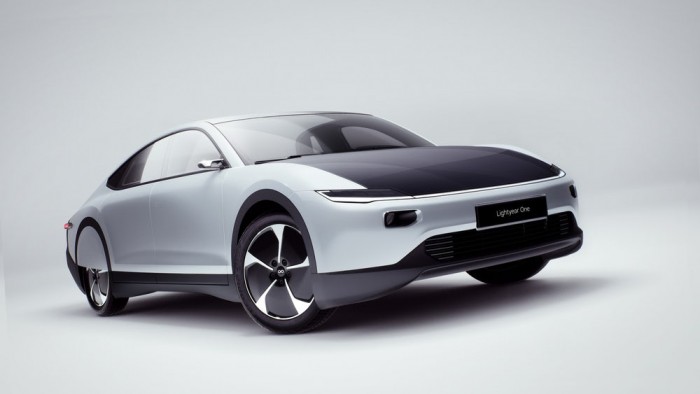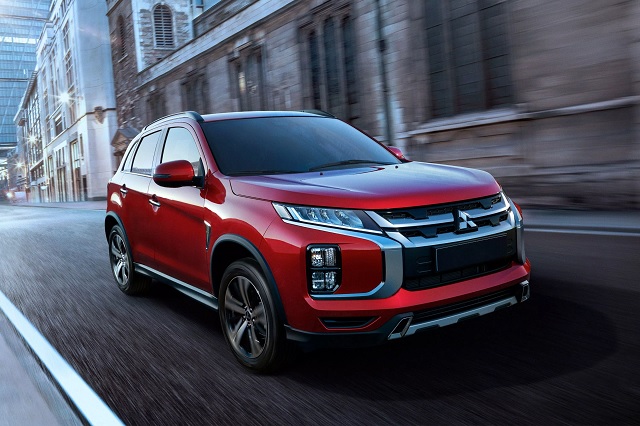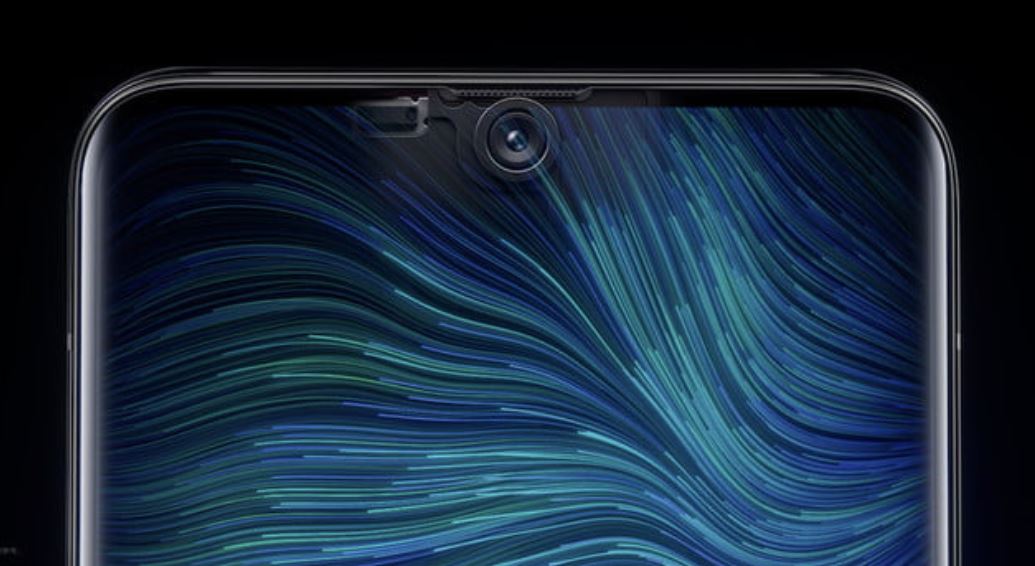
06-26: OPPO has showcased its Under-Screen Camera; SK Hynix has announced that it has started mass-producing 1-terabit NAND chips using its proprietary 4D platform; etc.
Chipsets
MediaTek has announced that its 5G internal and external test achieved 1.67Gbps and 1.40Gbps download rate respectively. This implies that MediaTek’s 5G technology is mature and has the ability to support 5G commercial deployment. (GizChina, My Drivers)
Touch Display
Hon Hai Precision Industry is reportedly studying the feasibility of setting up a production facility in Vietnam to produce TV screens. It is expected to invest USD40M in the initial phase of the new TV screen plant, to be built in the Dong Mai Industrial Park in Quang Yen Town. (CN Beta, Sina, UDN, Taipei Times)
Samsung is reportedly working on 2 additional foldable phones, including the 6.7” clamshell-like design. The vertically folded phone could launch in 2020 and that it will have a 1” screen on the front to display notifications while the device is folded. (CN Beta, First Post, CNET, ET News)
Camera
Sony has been using its G-lens series as the main camera for its smartphones from Xperia Z1 in 2013 to Xperia XZ3 in 2018. Sony may have replaced the G-lens with ZEISS MILVUS lenses for the triple camera sensors available on the Xperia 1. Sony will allegedly be replacing G-lens with Carl ZEISS lenses for its smartphones. (Gizmo China, Sumahoinfo, ePrice, My Drivers, CN Beta)
OPPO has showcased its Under-Screen Camera (USC). OPPO has made the section of screen above the camera from a custom piece of highly transparent material, then redesigned the pixel structure to tackle the problems of glare, haze, color inaccuracies, noise, and diffraction due to the transparency of the screen itself. OPPO has decided on a bigger sensor with a larger aperture, and bigger pixels, so the camera could make best use of the light it gets. (Digital Trends, Engadget, CN Beta)
Memory
SK Hynix has announced that it has started mass-producing 1-terabit NAND chips using its proprietary 4D platform to offer the industry’s largest memory storage capacity. The 128-layer TLC 4D NAND chip offers the industry’s highest vertical stacking with more than 360B NAND cells — each of which stores 3 bits — per chip. They are also developing 176-Layer NAND already. (CN Beta, TechNews, Guru 3D, Korea Herald)
Battery
vivo has introduced the new 120W fast charging technology, dubbed “vivo Super FlashCharge 120W”. The Super FlashCharge technology can charge a smartphone with a 4000mAh battery from 0% to 50% in just 5 minutes and it takes a total of 13 minutes to reach 100% charge. (GizChina, CN Beta)
Connectivity
OPPO has announced a new proprietary communications technology designed to let people call or chat across medium distances without using cellular networks, Wi-Fi, or Bluetooth. The protocol is called MeshTalk and is a decentralized, end-to-end system that OPPO says can cover up to 3km outdoors — or even further in more crowded environments when signal relay between devices can be used. (The Verge, Gizmo China, GizChina)
Huawei has secured 50 5G contracts outside the domestic market, according to the company’s senior executive Ryan Ding Yun. Huawei equipment is now behind two-thirds of the commercially launched 5G networks outside China. In all, Huawei has shipped more than 150,000 base stations. (CN Beta, FT Chinese, RT, TechCrunch)
ZTE has supported German fiber network operator NetCologne to launch the world’s first commercial Gigabit network over G.fast @ 212MHz profile solution. It enables NetCologne’s residential customers to subscribe to high-speed data internet connectivity up to 1Gigabit. (GizChina, ZTE, CWW)
Phone
An announcement by the Shenzhen Intermediate People’s Court indicates that the bankruptcy liquidation of Gionee will be carried out by the administrator on 24~25 Jul 2019 via Taobao.com’s bankruptcy property network auction platform. The announcement also reveals that Gionee’s design patents will be auctioned at a starting price of CNY21,100. (My Drivers, Gizmo China)
U.S. parcel delivery firm FedEx has sued the U.S. government, saying it should not be held liable if it inadvertently shipped products that violated a Trump administration ban on exports to some Chinese companies (including Huawei). FedEx faces the possibility of being banned by China. (Android Central, Reuters, China Times, WSJ CN)
Samsung is officially launching “5G pioneer plan” to enable 4G phone users to upgrade to 5G in 2H19 with a new method. Samsung president of Greater China Quan Guixian has indicated that in 2H19 Samsung will launch 3-4 models of 5G phones. (CN Beta, Tencent)
Meizu is reportedly initiating its 5G project in 2Q19, in 3Q19 turn on the 5G signal, and in 4Q19 begins prototyping 5G phones. In 2Q20, the company will launch “real” 5G phone—using Qualcomm X55 modem, fully supporting 2/3/4/5G, NSA and SA. (CN Beta, IT Home)
Huawei’s research firm, Futurewei, has sandboxed itself off from the wider Huawei company in a bid to carry on dealing with U.S. universities after Huawei was added to the U.S. government’s trade blacklist in May 2019. Futurewei is a U.S.-based firm and operates out of Silicon Valley, Seattle, Chicago, and Dallas and has filed more than 2,000 patents with the United States Patent and Trademark Office. (Neowin, Reuters, VOA Chinese)
LG W series is officially announced: W10 – 6.19” 1512×720 HD+ FullVision, MediaTek Helio P22, rear dual 13MP-5MP + front 8MP, 3+32GB, Android 9.0, rear fingerprint scanner, 4000mAh, INR8,999 (EUR115). W30 – 6.26” 1520×720 HD+ FullVision, MediaTek Helio P22, rear tri 12MP-13MP ultrawide-2MP depth + front 16MP, 3+32GB, Andorid 9.0, rear fingerprint scanner, 4000mAh, INR9,999 (EUR130). W3o Pro – 6.21” 1520×720 HD+ FullVision, Qualcomm Snapdragon 632, rear tri 13MP-8MP ultrawide-5MP depth + front 16MP, 4+64GB, Android 9.0, rear fingerprint scanner, 4000mAh. (CN Beta, GizChina, GSM Arena, LG)
Wearables
Apple’s patent proposal for a “Watch band with optical sensor” suggests the solution to the problem is to include a camera sensor on the band itself, rather than adding it as an extra component within the already-cramped body of the Apple Watch. (GizChina, Apple Insider, Sohu, Sina)
Augmented / Virtual Reality
vivo has showcased its first AR glasses. The prototype is simply called the vivo AR Glass and is a relatively lightweight headset with two transparent displays and 6DoF tracking. It connects with a cable to vivo’s as-yet unnamed 5G phone. (The Verge, Pocket-Lint, Engadget CN)
Home
Global shipments for smart home devices reached 168.6M in 1Q19, up 37.3% from the previous year, according to IDC. This growth was driven by the growing acceptance of connected devices within the home, including smart TVs, smart speakers, cameras, door locks, doorbells, and many more. Global smart speaker shipments (inclusive of smart displays) experienced the highest growth during the quarter with total shipments reaching 23.2M, up 37.3% from the previous year. (CN Beta, IDC, press)
Automotive
Apple has acquired Drive.ai, an autonomous driving startup once valued at USD200M, and has hired dozens of Drive.ai engineers. (Apple Insider, EDD, Axios, CN Beta)
Lightyear has unveiled the first prototype of the Lightyear One, an electric vehicle covered in solar panels that it plans to start delivering to consumers in 2021. The company claims that the car will get 450 miles (725 km) of range from its built-in battery, the real draw is the car’s five square meters of solar panels, which cover its roof and hood and can charge the car’s battery with up to 12km of range an hour. (CN Beta, The Verge, TechCrunch)
Mitsubishi is one of the last two remaining Japanese auto manufacturers to have its headquarters still in California, an honor it shares with Honda. However, the company plans to move its operations to Tennessee to be closer to its Alliance partner Nissan, which moved there around 13 years ago. (CN Beta, CNET, Auto News)
